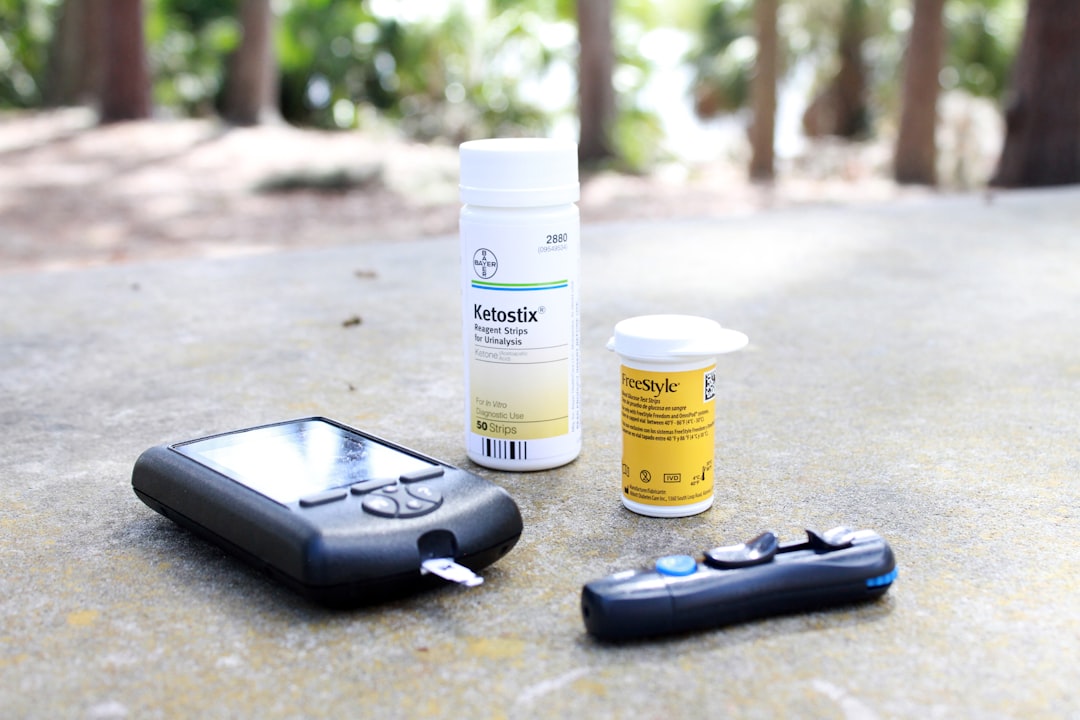What is it about?
Catheter-related thrombosis (CRT) poses a serious, yet challenging situation for clinical providers working within todays current healthcare environment. The clinical issues generated by this phenomenon are problematic and often lasting well beyond the initial diagnosis and potential treatment protocols. Upper extremity-deep vein thrombosis (UE-DVT) refers to the formation of a thrombus within the deep vessels of the upper arm and chest: primarily the subclavian, axillary and brachiocephalic veins, but also the basilic, brachial, and the more increasingly, superficial cephalic veins, in the arm.
Featured Image
Why is it important?
Although there has been a strong focus on larger diameter PICCs and thrombosis risk (Trerotola et al, 2010; Chopra et al, 2012), there has been insufficient information established on what relationship to vessel size is appropriate for a device-specific external diameter. Early references to clinical standards and published guidelines did not clearly address appropriateness of vessel size in relation to external catheter diameter. Catheter-related thrombosis (CRT) has serious implications related to the loss of vascular access, development of pulmonary embolism (PE), recurrent VTE, infections and post-thrombotic syndrome. The pathogenesis of CRT is complex and multifactorial, with risk factors associated with the catheter, the vessel selected for insertion and the underlying patient co-morbidities and their treatments. The monitoring of the catheter to vessel ratio (CVR), whereby vessel and catheter size are measured for relationship appropriateness, may have potential influence on CRT, by potentially reducing venous stasis and improving flow dynamics around the body of the catheter.
Read the Original
This page is a summary of: Reducing catheter-related thrombosis using a risk reduction tool centered on catheter to vessel ratio, Journal of Thrombosis and Thrombolysis, October 2017, Springer Science + Business Media,
DOI: 10.1007/s11239-017-1569-y.
You can read the full text:
Resources
Contributors
The following have contributed to this page










